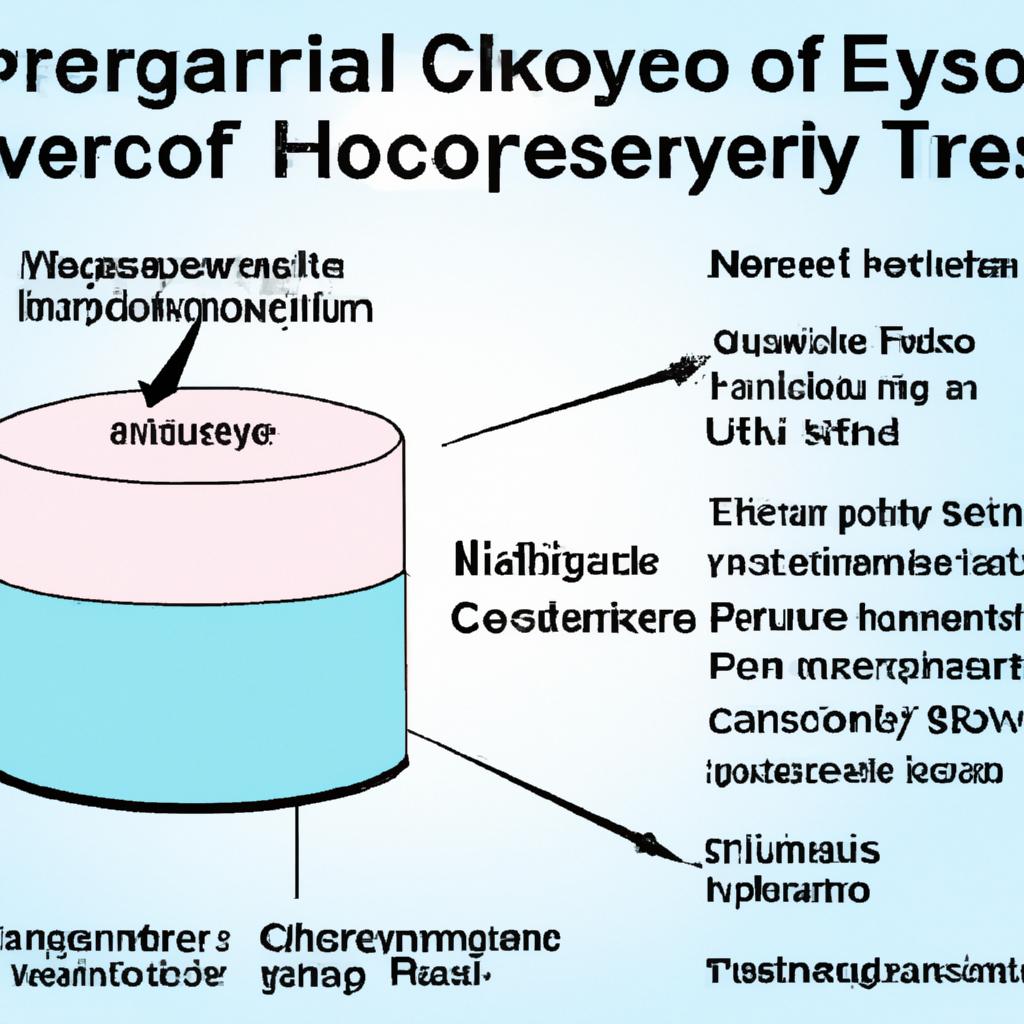In the realm of urban legends and conspiracy theories, few figures have captivated the public imagination quite like Walt Disney. One popular myth that persists to this day is the notion that the famed animator and business mogul was cryogenically frozen at the time of his death. As experienced lawyers specializing in estate planning and probate, it is our duty to delve into the facts and dispel the fiction surrounding this unusual tale. Join us as we explore the truth behind the question: Is Walt Disney frozen
– Examination of the Myth Surrounding Walt Disney’s Alleged Cryogenic Freezing
The myth surrounding Walt Disney’s alleged cryogenic freezing has captivated the public’s imagination for decades. However, upon closer examination, there is no concrete evidence to support the claim that Walt Disney was frozen after his death. In fact, this story seems to have originated from a misinterpretation of Disney’s interest in new technologies and advancements in science during his lifetime.
Key points to consider:
- There is no verifiable documentation or reliable sources to confirm Walt Disney’s cryogenic freezing.
- Disney’s family and close associates have consistently denied the rumors of his cryogenic freezing.
- It is important to separate fact from fiction when discussing Walt Disney’s legacy and avoid perpetuating unfounded myths.

– Scientific Analysis of the Feasibility and Ethics of Cryogenic Preservation
There has been much speculation surrounding the cryogenic preservation of individuals, with one of the most famous rumors being that Walt Disney himself was frozen after his death. However, there is no scientific evidence to support this claim. Cryogenic preservation involves freezing a person’s body shortly after death in the hopes of preserving it until medical technology advances enough to bring them back to life. While cryogenic preservation is theoretically possible, the feasibility and ethics of such a procedure are hotly debated.
From a scientific standpoint, the process of cryogenic preservation raises many questions about the limits of medical technology and the potential consequences of attempting to bring a frozen body back to life. There are significant challenges in reviving a frozen body, including potential damage to cells and tissues during the freezing and thawing process. Additionally, the ethical implications of cryogenic preservation must be carefully considered, as the decision to freeze a person’s body indefinitely raises complex questions about the nature of life, death, and the human experience.

– Recommendations for Addressing the Misconceptions and Legality of Posthumous Cryopreservation
When it comes to the legality and misconceptions surrounding posthumous cryopreservation, it is vital to address these issues with careful consideration and adherence to the law. Firstly, it is important to emphasize that cryonics is a legal practice in certain states, including New York. However, individuals must ensure that all necessary legal documents, such as a will or trust, explicitly outline their wishes for cryopreservation.
Additionally, to avoid any misconceptions or legal challenges, individuals should consult with experienced estate planning attorneys, such as those at Morgan Legal Group in New York City. These professionals can provide guidance on the proper legal procedures for posthumous cryopreservation and ensure that all necessary documentation is in place to uphold one’s wishes. By taking these steps, individuals can address any misconceptions and ensure the legality of posthumous cryopreservation.

– Exploring the Implications of Cryonics on Estate Planning and Legacy Protection
When considering the implications of cryonics on estate planning and legacy protection, it is crucial to understand the legal complexities that may arise. Cryonics, the practice of preserving a deceased person’s body in the hopes of future revival, poses unique challenges for estate planners and those looking to protect their assets for future generations.
One of the key considerations when incorporating cryonics into estate planning is the potential impact on inheritance. **Assets frozen with the deceased individual may not be accessible until their potential revival**, leading to questions of how these assets should be managed in the meantime. In addition, the legal status of a cryopreserved body and the implications for wills and trusts must be carefully evaluated to ensure that the individual’s wishes are carried out effectively.
Q&A
Q: Is it true that Walt Disney’s body was frozen?
A: The theory that Walt Disney’s body was cryogenically frozen is a popular urban legend, but there is actually no evidence to support this claim.
Q: Why do people believe that Walt Disney was frozen?
A: The rumor likely originated from the fact that Walt Disney was interested in new technologies and the idea of cryogenics was gaining more attention during his lifetime.
Q: What happened to Walt Disney’s body after he passed away?
A: Walt Disney was actually cremated and his ashes were interred at Forest Lawn Memorial Park in Glendale, California.
Q: Are there any plans to possibly freeze Walt Disney’s body in the future?
A: There have been no official statements or plans to freeze Walt Disney’s body, and it is unlikely that this will happen given the lack of evidence for the initial claim.
Insights and Conclusions
In conclusion, the mystery surrounding whether Walt Disney was actually frozen remains unsolved. Despite the many rumors and speculations, there is no concrete evidence to support this theory. Whether it is fact or fiction, the legacy of Walt Disney lives on through his timeless creations and the impact he has had on the world of entertainment. Perhaps some mysteries are best left unanswered, allowing us to appreciate the magic and wonder that Disney continues to bring to audiences of all ages.







